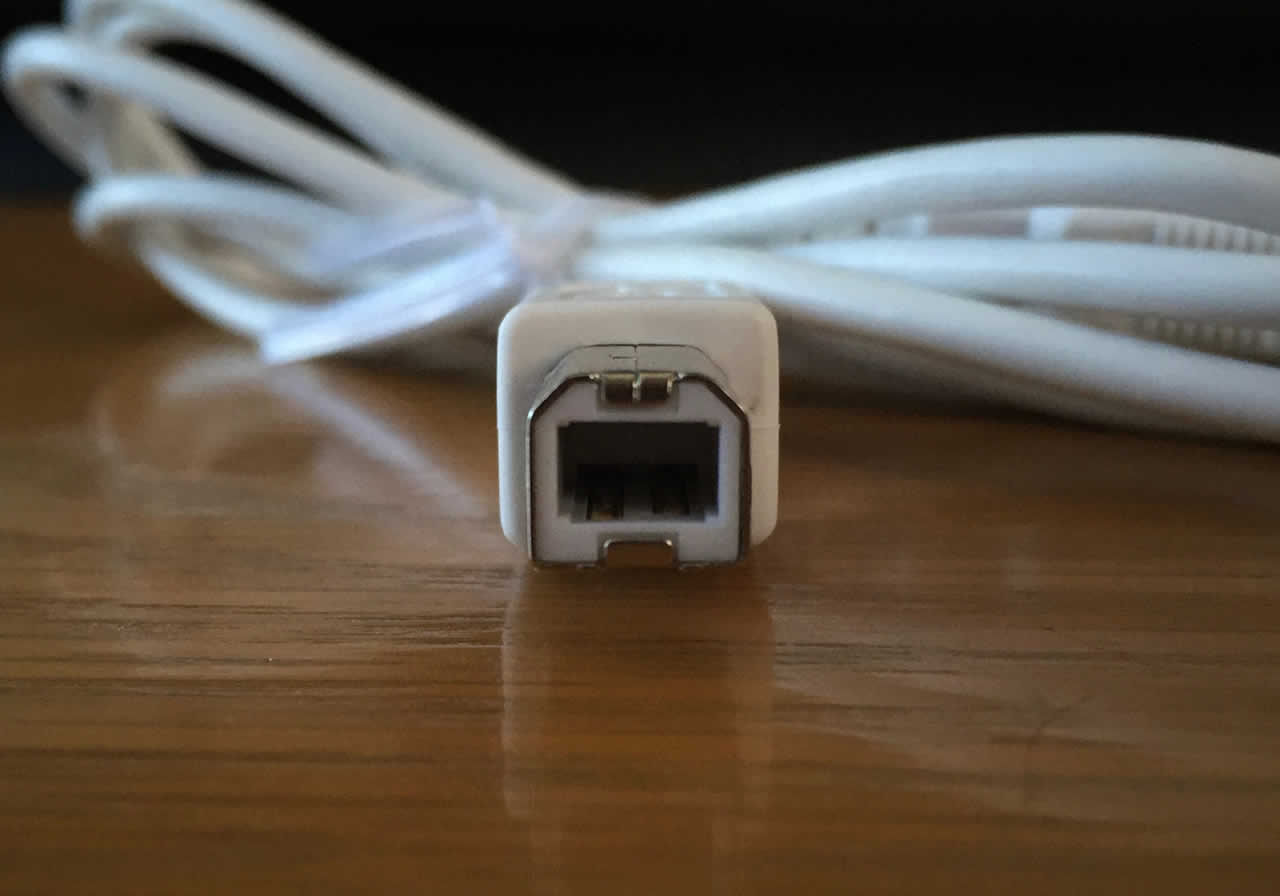
But one should keep in mind that USB 2 type devices can be used in USB 3 or USB 2 port. He may use the hub to extend the amount of USB. What will happen if he has more devices to connect? The answer is he has to use a hub. So, usb 2.0 or 3.0 for mouse? Suppose he has connected a mouse and a keyboard through two usb 2 or 3 for mouse and keyboard. Topology Visibility: A laptop computer may have two USB 2 ports and two USB 3 ports.In 2017, a 2 TB flash drive was announced by International Consumer Electronics. By January 2013, it reaches a capacity of 512 GB and 1 TB. Capacity: In 2000, the first USB flash drive was introduced having a capacity of 8 MB.So, if you use an external hard drive enclosure, then it won’t be a problem. Cable Length: So, usb cable 2.0 vs 3.0 and their length? USB version 2 type cable can be of maximum 5 meters long whereas USB 3 type cable can be of maximum 3 meters long.That means it can send and receive data from USB devices simultaneously. Its data communication is a bi-directional or full-duplex. That means it cannot send and receive data simultaneously. Its data communication is unidirectional or half-duplex. Communication Architect: USB 2 has 4 wires inside the cable.So, it can be clearly said that USB 3 port is much efficient in terms of power consumption. So, USB 3 devices can provide more power when needed and also can conserve power when it remains idle. Power Consumption: Power provided by USB 2 is up to 500mA but USB connection provides 900mA.Speed Improvement: Transfer speed rate of USB 2 is 480 Mbps whereas transfer rate of USB 3 is 4.8 Gbps which is 10 times faster than the bandwidth of USB 2 port.So, usb 2.0 vs 3.0? Internally, USB 2 has 4 wires where USB 3 has 9 wires. USB 3 is generally colored Blue on inside to distinguish it from USB 2. Physical Difference: Both USB 2 and USB 3 are physically different.You can plug USB 2.0 devices into USB 3.0 ports, too. There’s no harm in having such devices be USB 3.0 - especially given the backwards compatibility - but there’s no sense in paying extra for that. Of course, eventually USB 3.0 will take over and all devices will use USB 3.0 or newer. If you use a USB mouse and keyboard, you won’t see any sort of input speed improvement by moving to USB 3.0. Don’t just believe the manufacturer’s quoted speed rate, as manufacturers often give you the most exaggerated numbers to mislead you - look up independent benchmarks on your own.īear in mind that many types of devices won’t perform faster just because they use USB 3.0. If you’re looking for a good, fast USB drive for serious use - and not the cheapest $5 drive - you should look up benchmarks ahead of time and determine just how fast your drive of choice is. RELATED: 8 Ways Hardware Manufacturers Are Deceiving You Other factors, such as the speed of the flash memory inside the drive, are critical. USB 3.0 allows for much faster transfer speeds, but not every drive will take advantage of that. You’ll have to spend more for an actual speed improvement.

However, reviews indicate that it performs at similar speeds to USB 2.0 drives. At the moment, Amazon is selling a 16 GB USB 3.0 flash drive for just $15. Silicon Power 32GB USB 3.0 Flash Driveīear in mind that just because a drive is USB 3.0 doesn’t mean it’s all that much faster. 4 GB flash drives can often be found on sale for $5. Many USB 2.0 flash drives are super cheap - for example, you can pick up an 8 GB USB 2.0 flash drive for under $10 on Amazon. The fastest drive seems to achieve its speed by using “four channels of flash” memory instead of a single one. Unsurprisingly, the slowest drives were the cheapest, while the faster ones are more expensive. The best USB 3.0 drive was over 28 times faster.Įditor’s Note: if you want a great USB 3.0 Flash drive, click here for the one that How-To Geek uses. The worst USB 3.0 drive was faster than the USB 2.0 drives, but only by a tiny bit. What’s really interesting here is the huge variation in speeds.

The USB 3.0 drives they tested go from 11.4 MB/s all the way up to 286.2 MB/s. The test also includes a few USB 2.0 drives, which are at the bottom of the charts at between 7.9 MB/s to 9.5 MB/s in write speed. There are quite a few benchmarks out there, but Tom’s Hardware’s 2013 test of USB 3.0 thumb drives is particularly recent and comprehensive.


 0 kommentar(er)
0 kommentar(er)
